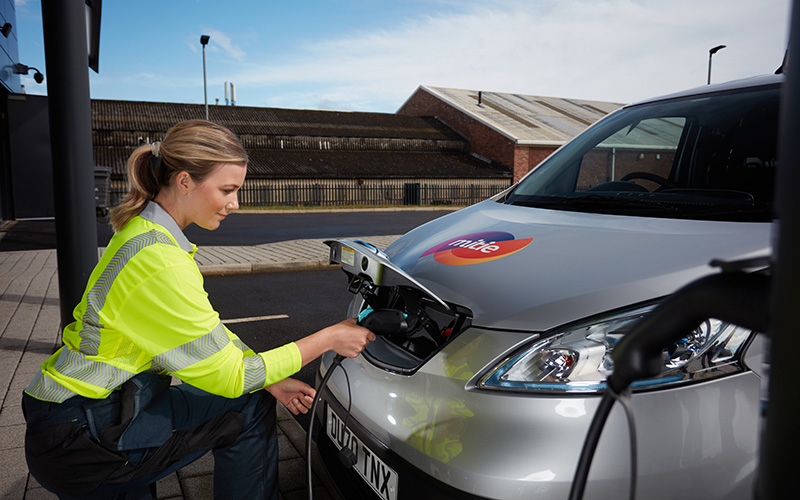Ten practical cost saving initiatives for local authorities
By Demitri Maldonado, Business Development Director (Local Government and Education)
Local authorities across the UK are facing a complex and ever-growing list of challenges. Budgets are tightening. Infrastructures are ageing. All the while, the calls for more sustainable practices and eventual decarbonisation grow louder every day.
When tackling these issues, there’s no one-size fits all solution. You need to work more efficiently, operate more sustainably, all while speeding up transformation and scaling down estates.
To help you, we’re sharing the ten things you can do – or work towards – to save costs while still accelerating sustainable progress. So, if that sounds like something you need, read on.
1. Commission an asset capture and condition survey
A thorough asset survey gives you a clear picture of your estate, helping you categorise and rank assets based on condition and criticality. This allows you to identify lifecycle costs, risks, and maintenance gaps, ensuring you focus resources where they’re needed most. Removing non-essential assets and addressing priority areas can help reduce long-term costs and improve efficiency.

2. Create a forward maintenance plan
Using insights from your asset survey, you can develop a five-year maintenance plan that balances repairs and replacements. This proactive approach ensures your strategy aligns with budgets and operational needs, reducing reactive maintenance costs and extending asset life. By forecasting future requirements, you can make smarter, data-driven decisions that improve long-term sustainability.
3. Implement a Computer Aided Facility Management (CAFM) system
This is an ideal example of how investing in digitisation can save you money in the long run. A CAFM system will help you to plan, execute and monitor all reactive and planned preventative maintenance activities, so you can reduce costs and increase asset performance.
4. Optimise your office spaces
Our ways of working have changed over recent years, and yet many local authorities haven’t changed their office spaces. This is a real cost-saving opportunity. Is your desk space being used efficiently? Are colleagues occupying the space in a productive way? You can find the answers to these questions by installing occupancy sensors to monitor how the space is being used and when.
With this knowledge, you can not only create a collaborative workspace, but you could also sublease your space for new revenue streams. Once you’ve optimised your office space, you can take a broader view and assess the rest of your estate. From meeting rooms to under-utilised buildings, applying the same data-driven approach can help unlock further efficiencies and revenue opportunities
5. Develop better energy strategies
Of all the sustainable issues facing local authorities at the moment, energy use ranks highly. And while it brings challenges, it also presents key cost-saving opportunities. Real-time data from predictive maintenance strategies and machine learning solutions can help you to control and optimise energy consumption. With this, you can forecast maintenance activity based on energy usage patterns or align activities with off-peak rates to reduce energy costs and reduce your carbon footprint.

6. Digitise physical records
In the long-term, the storage costs of keeping physical records can vastly outweigh the costs of digitising. This might involve implementing digital management systems, as well as scanning all existing records to be kept digitally.
7. Establish robust reporting processes
By providing extensive data on all your asset management reporting, you can optimise processes, identifying any anomalies driving your costs up and the steps needed to take costs down. Using these advanced analytics can be an incredibly useful tool when looking to streamline and increase efficiency – both in terms of output and keeping costs down.
8. Harnessing solar
Installing solar canopies in car parks and investing in EV charging stations are short-term expenses that can help you save money in the long run by reducing energy bills and opening up new revenue streams.

9. Utilise grant schemes
There are many opportunities for local authorities to apply for central government grants which can help support initiatives and boost resources. For example, the ‘revenue support grant’ can be used to finance expenditure on any service, if an application is successful. There are also ‘ring-fenced’ grants that can be used to help fund specific council-run services.
10. Improve maintenance operations
Over-servicing with maintenance is a cost that local authorities can’t afford, and installing the right technology can help minimise such costs. You can optimise service lines by adjusting cleaning frequencies, using robotic cleaning or remote sensors in areas like toilets to replace supplies only when needed.
What’s your next cost-saving step?
We’ve developed an asset management transformation model to help you identify the stage your local authority is currently at and the action you can take to strengthen your asset management approach and performance. Get your guide and your practical steps to progress.
Read next

Top decarbonisation grants and funding schemes for UK organisations
The uncertainty over carbon emission reduction targets overshadowed COP27, but the clock continues to tick, so reaching net zero should be a top priority for organisations. The upfront costs for decarbonisation initiatives can be…

Add storage to your solar system and keep your energy supply secure
With many organisations looking to boost their sustainability, and achieve ambitious net zero goals, there’s a clear and growing interest in renewable energy. And the current price volatility and insecurity in energy supply is…
 Skip to content
Skip to content
